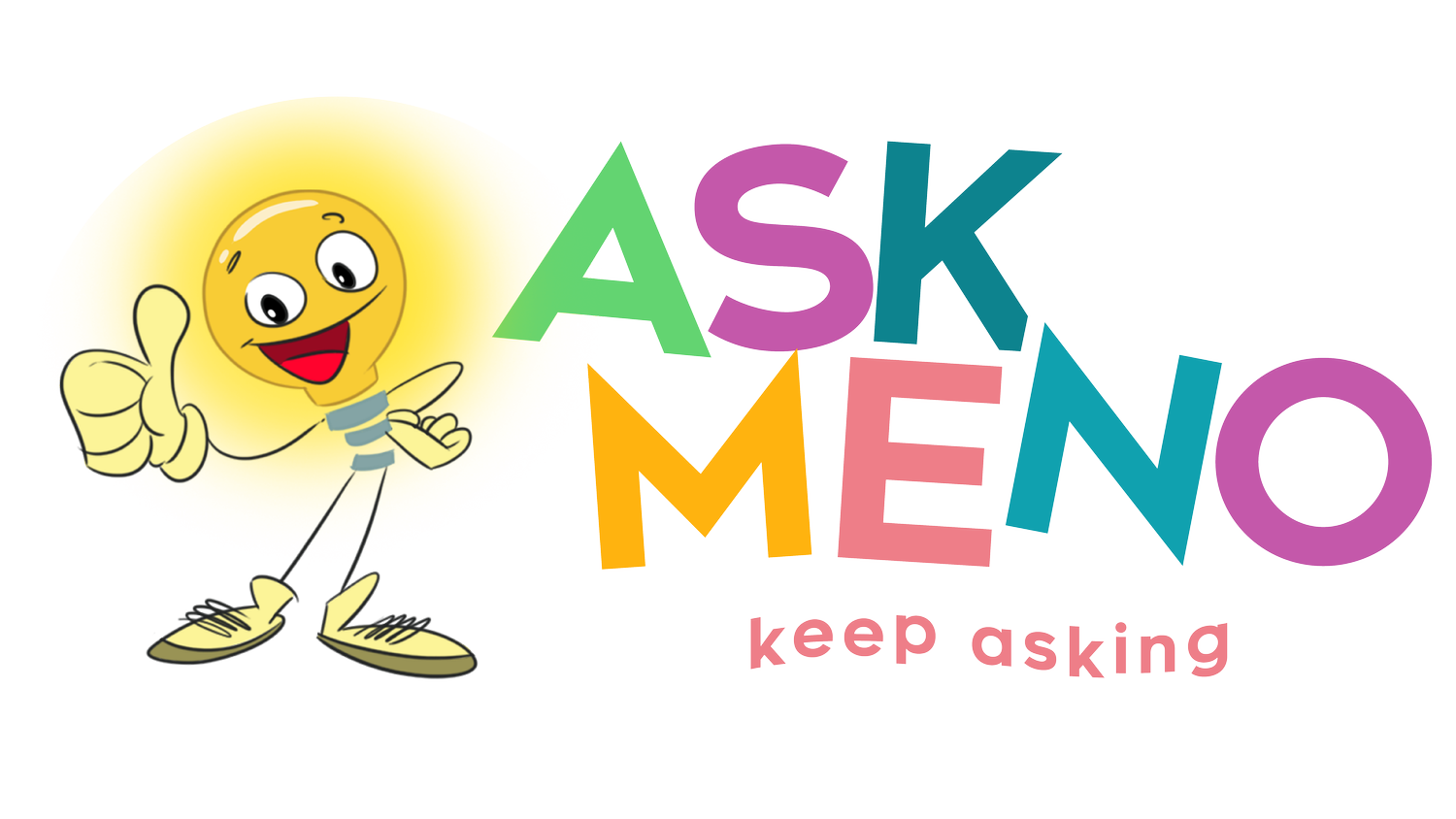Science of Reading Comprehension Strategies
Does teaching comprehension strategies to PreK and K students align with the Science of Reading?
As we know from the Simple View of Reading model:
Word Recognition (WR) x Language Comprehension (LC) = Reading Comprehension (RC).
But where do reading strategies like narrative, inference, and monitoring skills fit into this model?
Although using these strategies to teach reading was widely practiced, their connection to the Science of Reading had not been explicitly made until the publication of Duke and Cartwright's Active View of Reading (AVR) model. The AVR model lists "strategy use" under its Active Self-regulation component, and research validates these strategies' classroom use as early as PreK and Kindergarten.1, 2, 3
Super 6 Comprehension Strategies
These reading strategies are often published as the "Super 6"(4):
1. Making Connections,
2. Predicting,
3. Questioning,
4. Monitoring,
5. Visualizing, and
6. Summarizing.
In essence, the purpose of these six strategies is to equip children with a mental model of what is being shared verbally or textually and to ensure they know how to fix gaps in their understanding. It’s important to note that these strategies are best taught in the context of background knowledge or content-rich stories. One of the most well-researched strategies is student questioning; when students pose questions to their teacher or engage in self-questioning, the effect on their reading comprehension is statistically significant.5
For professional development and classroom materials, we recommend the work of Trevor MacKenzie (trevormackenzie.com), who provides several free inquiry resources. We additionally recommend the use of "Question Formulation Technique" for early education students, as well as our very own resource for teaching oral language through student inquiry.
----------------
Sources:
1 Berkeley, S. et al. (2010). "Reading Comprehension Instruction for Students with Learning Disabilities, 1995–2006: A Meta-Analysis." Remedial and Special Education, 31(6), 423–436.
2 Okkinga, M., et al. (2018). "Effectiveness of Reading-Strategy Interventions in Whole Classrooms: A Meta-Analysis." Educational Psychology Review, 30, 1215–1239.
3 Ehri, L.C., Nunes, S.R., Willows, D.M., Schuster, B.V., Yaghoub-Zadeh, Z., & Shanahan, T. (2001). Phonemic awareness instruction helps children learn to read: Evidence from the National Reading Panel’s meta-analysis. Reading Research Quarterly, 36(3), 250–287. https://doi.org/10.1598/RRQ.36.3.2
4 Oczkus, Lori. Reciprocal Teaching at Work: Powerful Strategies and Lessons for Improving Reading Comprehension. (2010). International Reading Association.
5 Hattie, John. "Appendix C." Visible Learning for Teachers: Maximizing Impact on Learning. (2012). Routledge.
About AskMeno
AskMeno is dedicated to helping early childhood leaders build the foundational oral language and social skills necessary for their young scholars’ reading comprehension and emotional wellbeing. AskMeno provides a play-based, teacher-facilitated supplemental curriculum that systematically and explicitly develops oral language and social skills through scaffolded, fun, and engaging learning activities.



